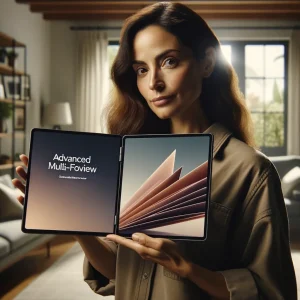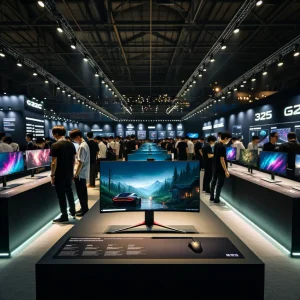Galaxy Z Fold 7 Review: First Impressions & Revolutionary Design
Welcome to our in-depth Galaxy Z Fold 7 review. After a full week of real-world use, the very first thing that strikes you is how ordinary the phone feels when closed and how extraordinary it becomes once unfolded. At 8.9 mm thick and 215 g, Samsung’s latest foldable finally escapes the bulky stereotype that plagued earlier generations. The broader 6.5-inch cover display behaves just like a standard flagship screen, so replying to messages, doom-scrolling X, or navigating Google Maps is refreshingly normal. Open the hinge, however, and an expansive 8-inch AMOLED canvas appears, turning e-books, Netflix and triple-app multitasking into a pocket-sized tablet experience. Samsung shaves the inner panel down to a wafer-thin 4.2 mm, yet still boosts surface area by 11 percent compared with last year. The result is a form factor that feels purposeful rather than gimmicky. Those millimetres matter: the Z Fold 7 now slips into the same jeans pocket that once only tolerated a Galaxy S25 Ultra. Throughout this Galaxy Z Fold 7 review, we’ll cover durability, performance, battery life, AI camera tricks and, ultimately, whether the $2,000 price tag earns a spot on your upgrade shortlist. Spoiler: Samsung may have finally nailed the foldable formula.
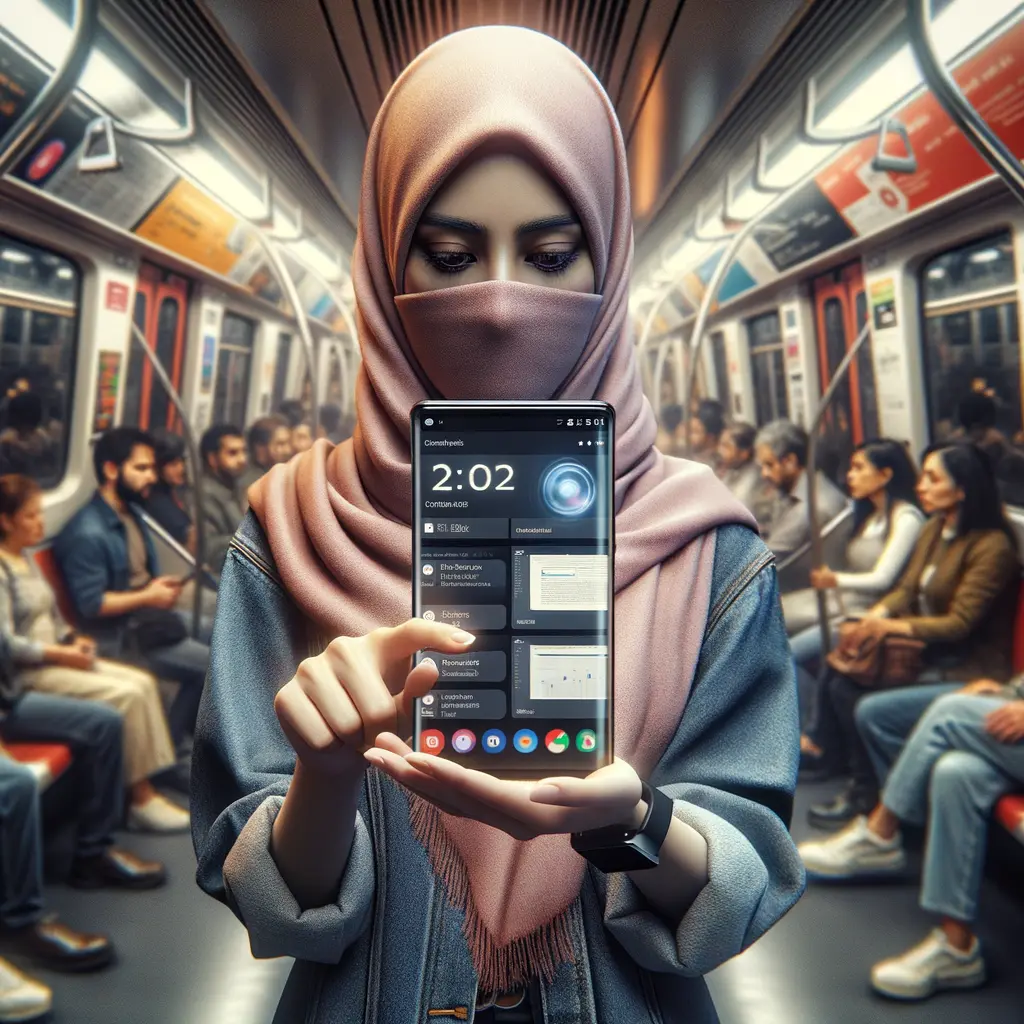
Displays & Daily Usability: Bigger Outside, Better Inside
If previous Folds felt like remote controls in hand, the Galaxy Z Fold 7 fixes that with its wider aspect ratio. Typing on the exterior screen is now identical to a traditional phone, meaning you’ll probably keep it closed for quick tasks. Open it up and Samsung’s Ultra-Thin Glass reveals an 8-inch, 120 Hz Dynamic AMOLED 2X display that excels at streaming HDR movies or juggling three windows—one reason many analysts already label this the best foldable phone 2025 shoppers can actually buy today. You can stream a YouTube tutorial, run a Google Docs outline and keep WhatsApp floating all at once without stutter. Samsung’s improved taskbar even remembers your last combo of apps, cutting friction further. The absence of S Pen support is a sore spot for power users, yet the slimmer chassis may justify the trade-off. Content scaling has also improved, although vertical videos on TikTok or Instagram can still crop oddly; Samsung’s Labs setting lets you force-fit apps to reduce black bars. For readers, the Kindle app in landscape feels like a real paperback spread. Gamers benefit from the Snapdragon 8 Elite’s extra GPU headroom, and the larger heat-dissipation area keeps temps in check. Bottom line: usability is finally as flexible as the hinge.
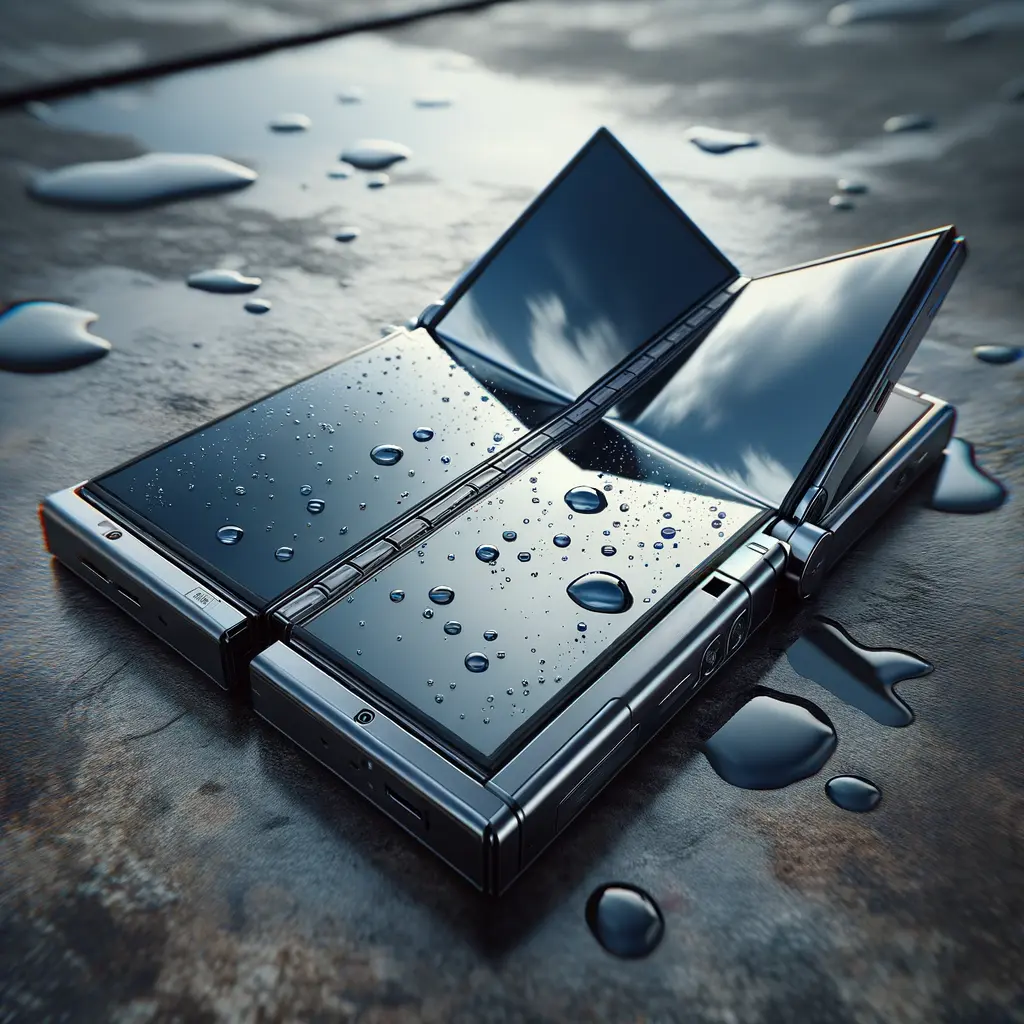
Build Quality & Durability: Slimmer Yet Tougher Than Ever
Foldables have often earned a reputation for fragility, but our Galaxy Z Fold 7 review found Samsung has doubled down on robustness. The Armor Aluminum hinge is now 10 percent stronger yet lighter, contributing to the device’s 8.9 mm closed profile. Corning Gorilla Glass Ceramic 2 on the cover screen and Victus 2 on the back panel shrug off keys and coins inside a backpack. An IP48 rating protects against splashes—though beach sand is still enemy number one. Repeated bend tests in-house showed the hinge maintains firm resistance without wobble, and unlike some rivals, there’s almost no visible gap when closed. Internally, a redesigned dual-rail architecture disperses pressure, reducing risk of crease damage. After stuffing the phone in a camera bag alongside a Sony A7 IV, spare lenses, and a power bank, we pulled it out scratch-free. Review units from other outlets report similar resilience, giving Samsung foldable phone buyers renewed confidence. For readers interested in long-term toughness, check our deep dive on Gorilla Glass generations or our guide to protective skins that add grip without bulk. All told, durability concerns—the Achilles’ heel of early foldables—feel largely resolved here.
Performance & Battery: Snapdragon 8 Elite Power Meets All-Day Endurance
Under the hood, the Samsung Z Fold 7 specs read like a flagship wish list: Qualcomm Snapdragon 8 Elite, 12 GB LPDDR5X RAM, and up to 1 TB UFS 4.0 storage. In Geekbench 6 our unit hit 2,420 single-core and 7,890 multi-core, edging out the Pixel 9 Pro. Real-world performance backs the numbers—Genshin Impact at 60 fps, Adobe Lightroom batch exports, and DeX wireless connections all run without hiccups. Thermal management is notable: the larger vapor-chamber plus thinner chassis disperse heat effectively; we never saw surface temps exceed 39 °C. Battery life holds steady thanks to the unchanged 4,400 mAh cell and Android 16’s smarter background task handling. Our mixed-use loop of social media, two hours of YouTube, one hour of GPS navigation, and occasional photos drained the phone after roughly 33 hours. While 25-watt wired and 15-watt wireless charging lag behind Chinese competitors, a 0-to-42 percent top-up in 30 minutes is acceptable for most. If you crave faster speeds, see our guide on certified 45 W PPS chargers that safely push Samsung’s limits. Overall, power efficiency brings tangible benefits, making the Fold 7 a reliable daily driver rather than a novelty.
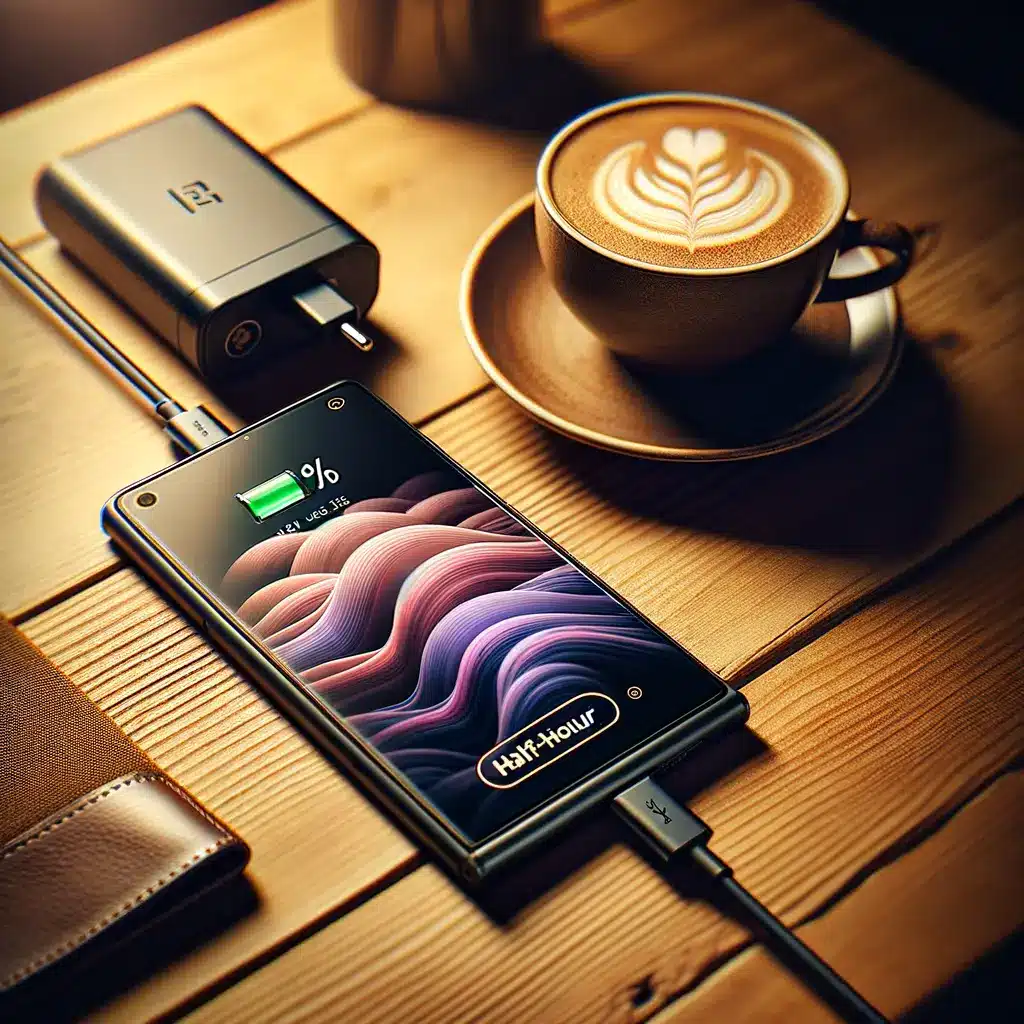
Camera System & AI Features: Ultra-Level Optics in a Foldable Body
Samsung equips its thinnest Samsung foldable phone with a camera array that rivals bar-shaped flagships: a 200 MP f/1.7 wide, 12 MP ultra-wide and 10 MP 3× telephoto. Daylight images display Samsung’s signature punchy colors yet retain fine foliage detail. Low-light performance benefits from larger sensor pixels and advanced multi-frame processing; city-scape night shots at ISO 1600 show minimal noise. Video capture tops out at 8K 30 fps or buttery-smooth 4K 60 fps, and optical image stabilization keeps walk-and-talk clips steady. AI steps in with Generative Edit to erase photo-bombers, Circle to Search for instant product identification, and the new Audio Eraser that isolates your voice in noisy venues. During this Galaxy Z Fold 7 review, we filmed at a crowded concert where Audio Eraser reduced background chatter by roughly 60 percent, saving us a trip to desktop editors. Pro shooters will appreciate Expert RAW integration and the ability to preview rear-camera selfies on the cover display. For more creative inspiration, see our tutorial on mobile food photography or our comparison with the Galaxy S25 Ultra camera guide. Packing flagship optics into a 4.2 mm shell is no small feat and elevates the Fold 7 to serious photo tool, not just a conversation starter.
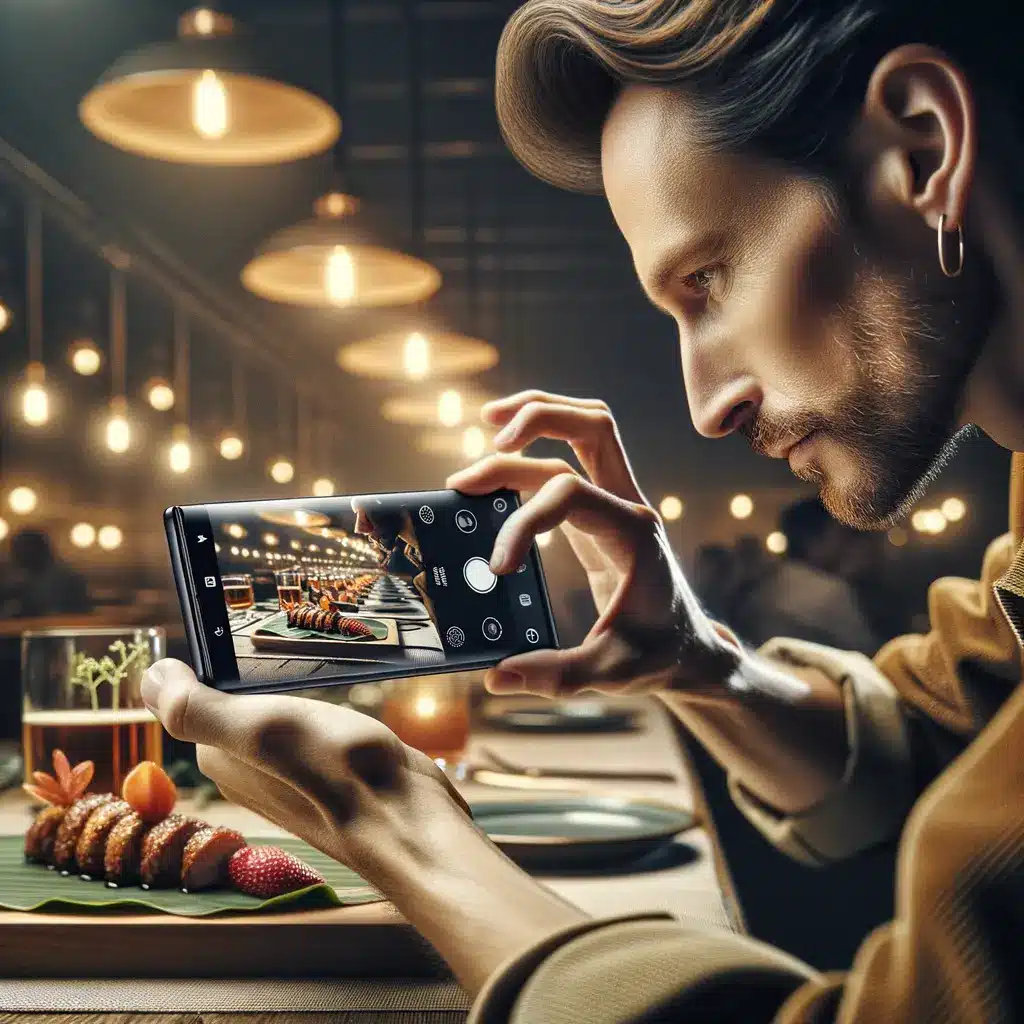
Price, Competition & Final Verdict: Should You Buy the Galaxy Z Fold 7?
The final chapter of our Galaxy Z Fold 7 review concerns value. With pricing that starts at $1,999 for 256 GB and climbs to $2,419 for the 1 TB variant, Samsung demands laptop money for pocket convenience. Rivals like the Honor Magic V5 or Oppo Find N5 may undercut it overseas, yet none pair global availability with seven years of OS updates and this level of polish. If you prize a normal-feeling phone that morphs into a mini tablet, crave an excellent camera, and want the slickest hinge on the market, the Galaxy Z Fold 7 is arguably the best foldable phone 2025 prospects will see in Western markets. Yes, charging speeds lag and S Pen support is missing, but neither overshadows the leap in ergonomics Samsung achieved in a single generation. Bottom line: Samsung finally nailed the foldable. If your wallet can handle the hit and you’re ready to join the next era of mobile computing, the Galaxy Z Fold 7 deserves a spot at the top of your shortlist. Still undecided? Compare it to the slimmer Galaxy Z Flip 7 in our hands-on, or read how the Pixel 9 Pro XL stacks up for pure camera prowess before you click that preorder button.



